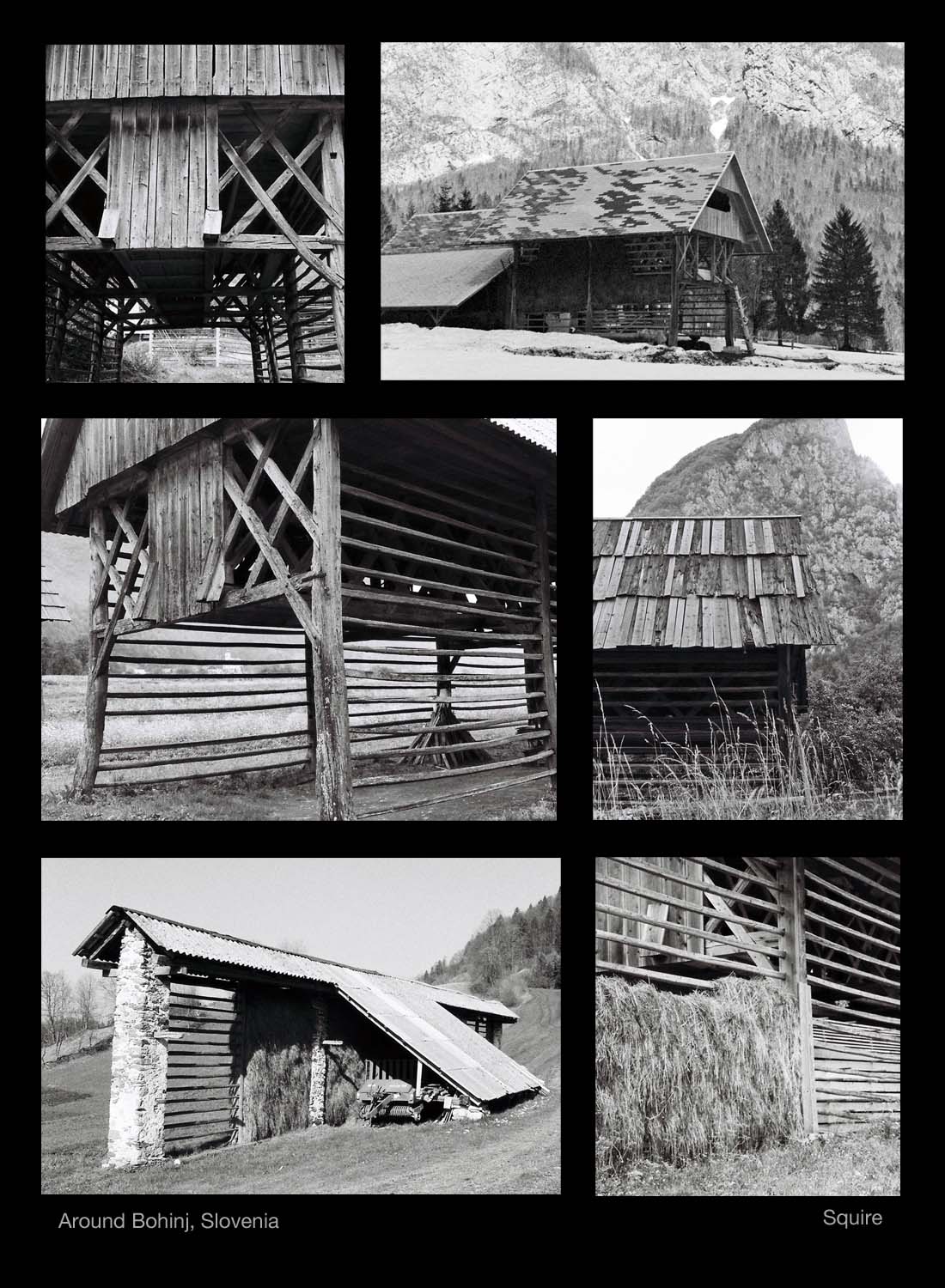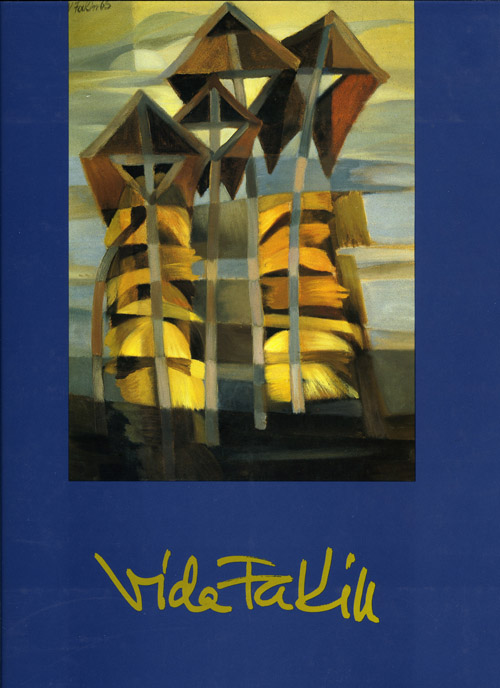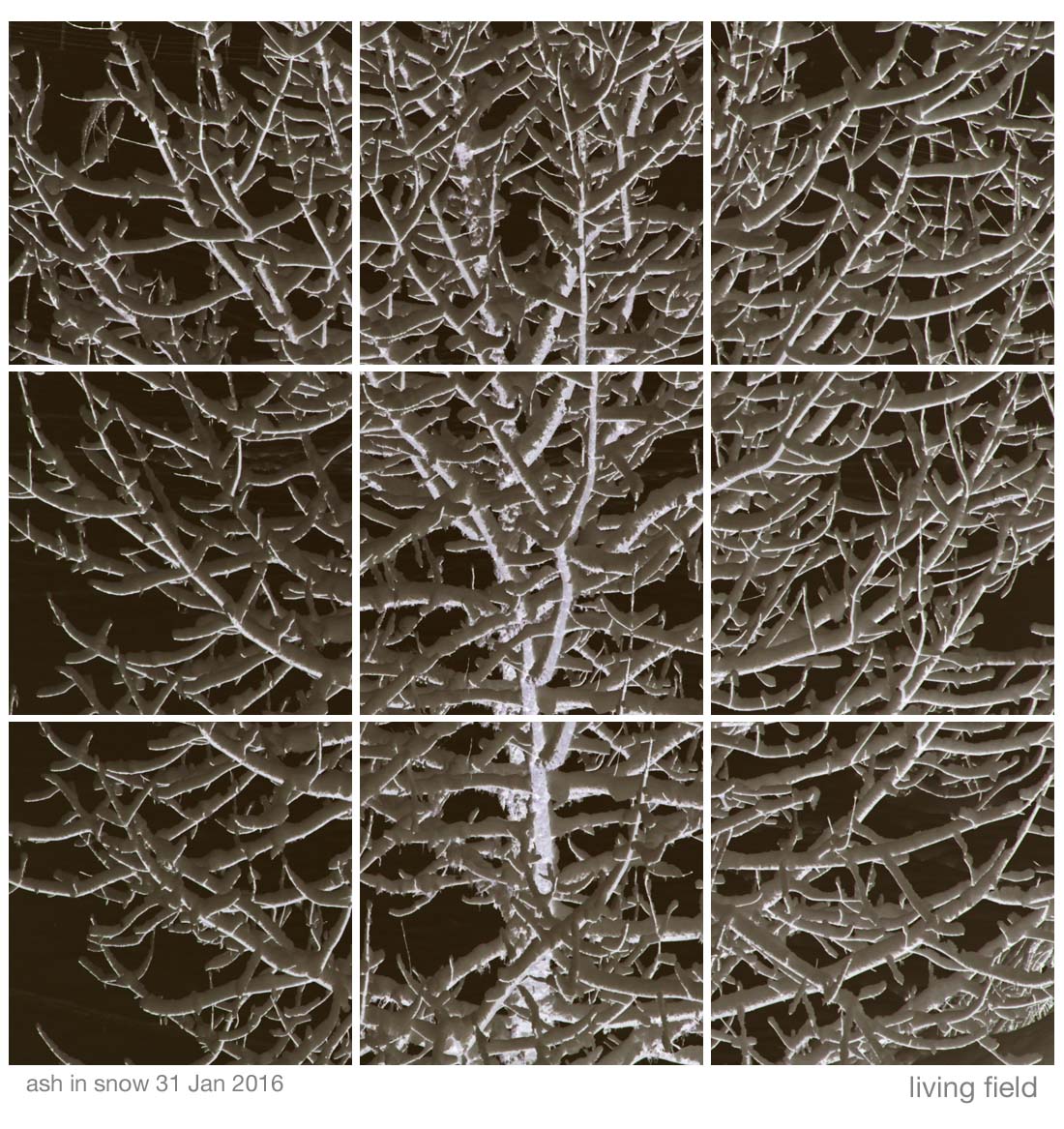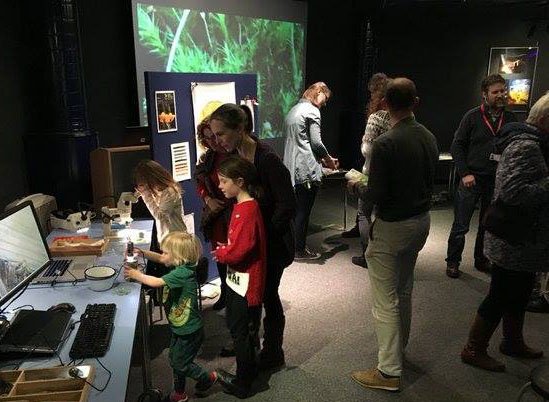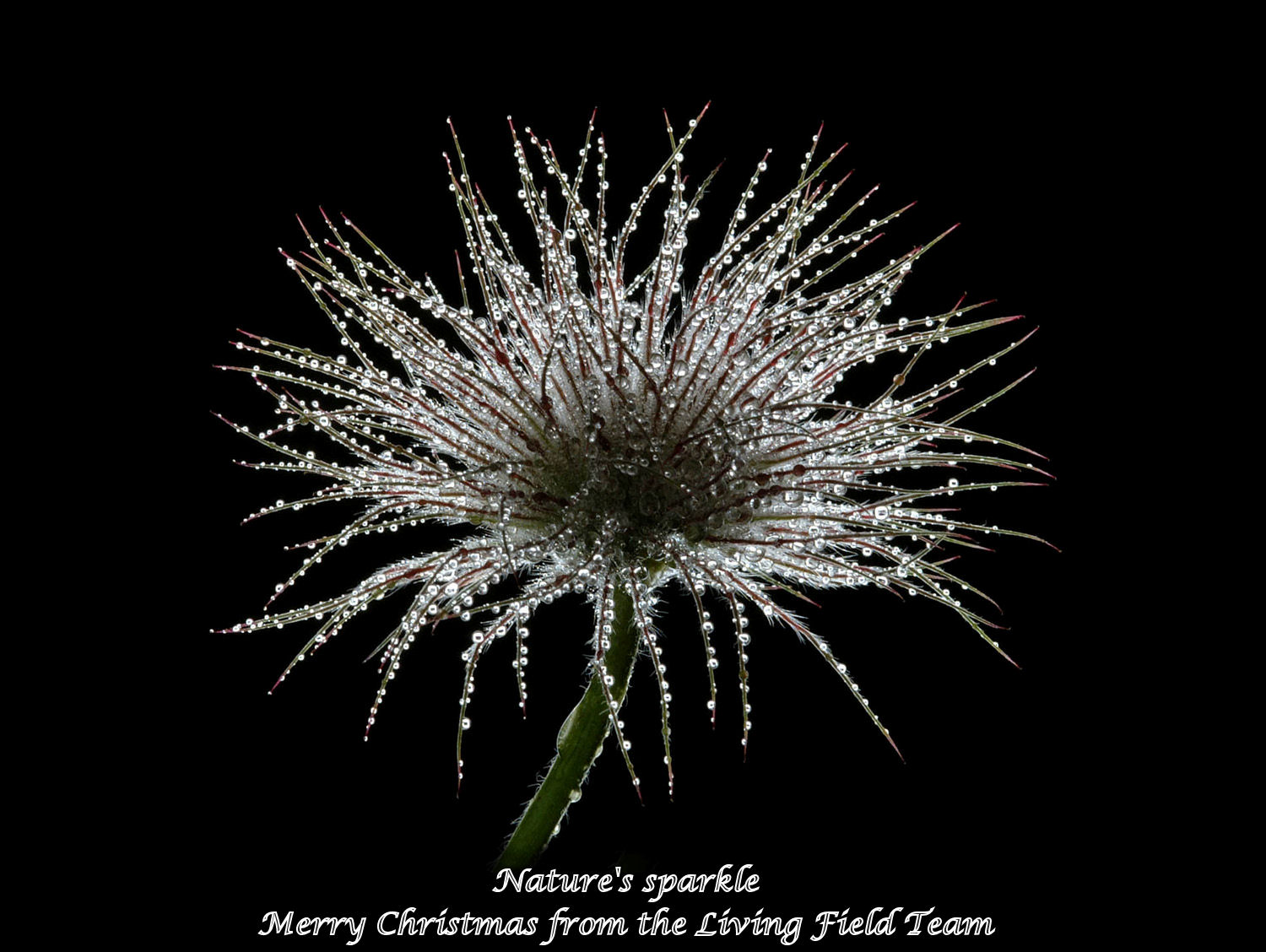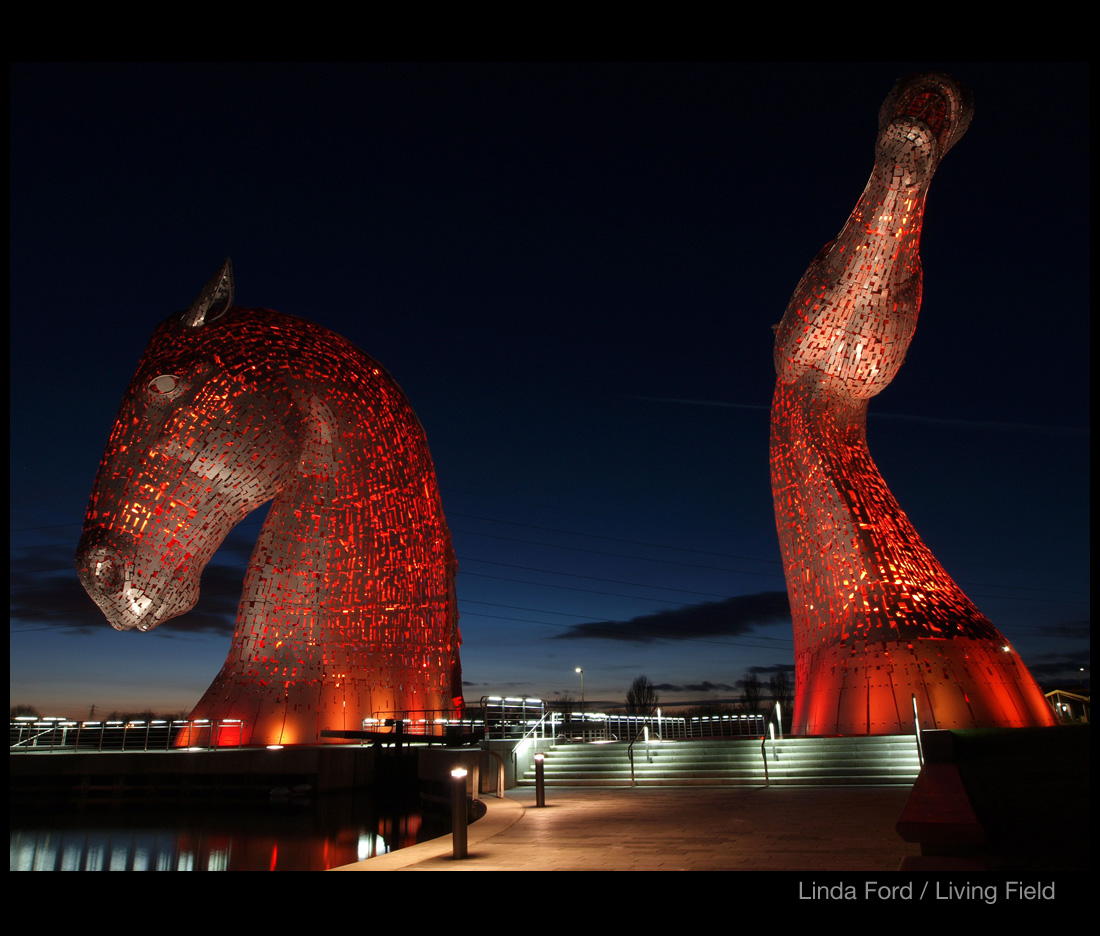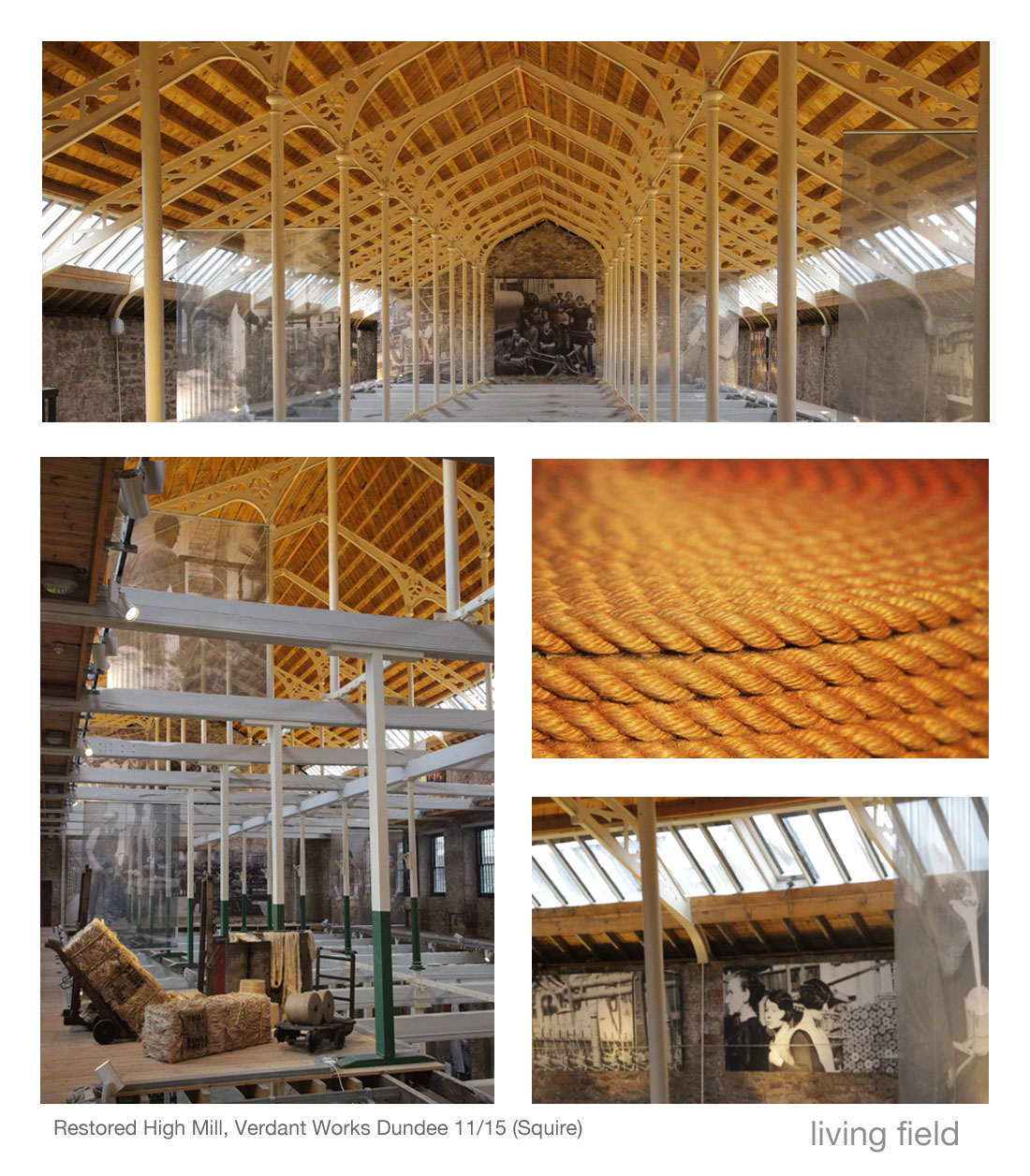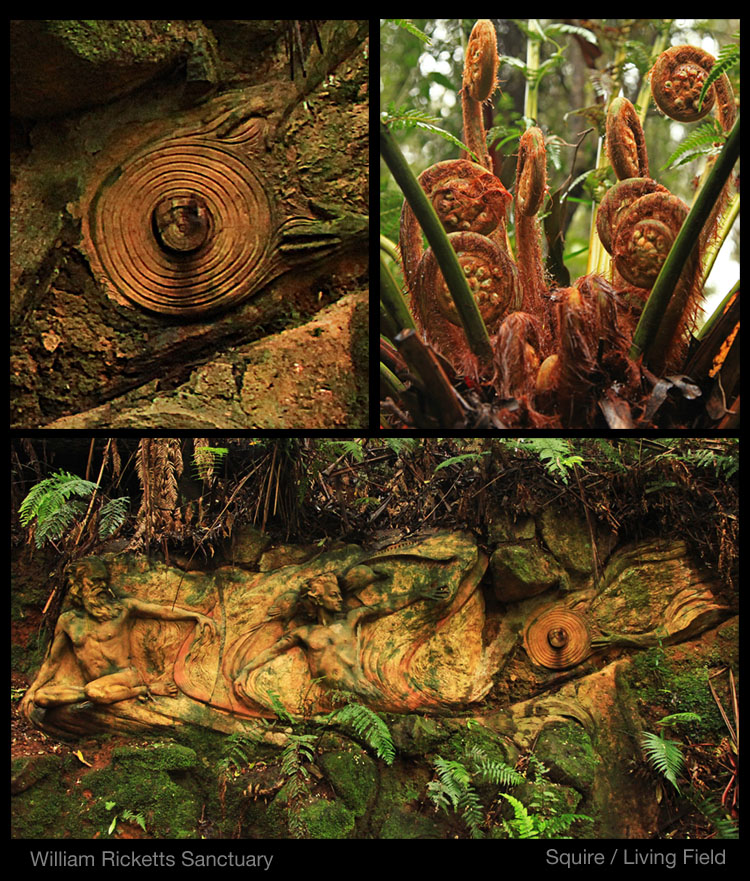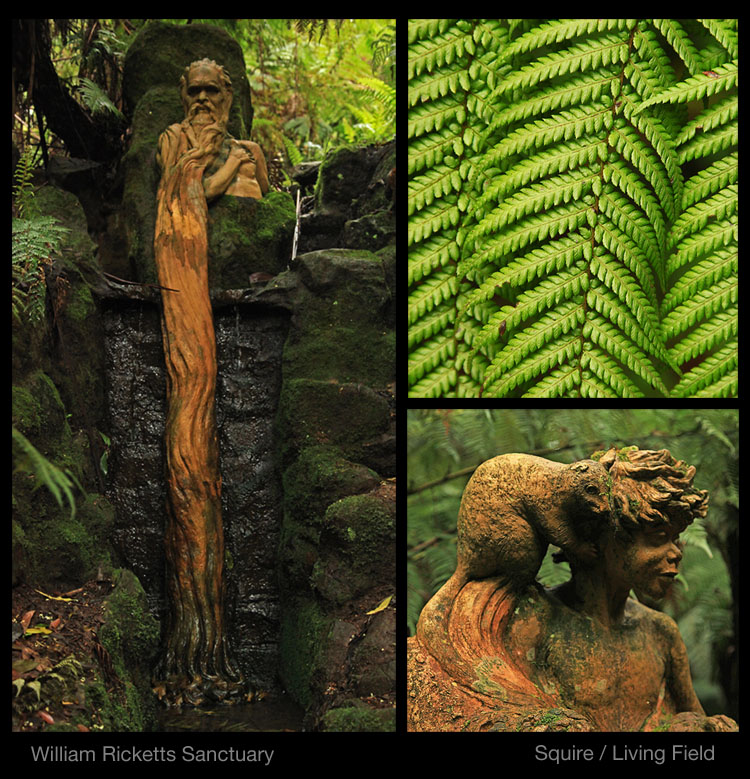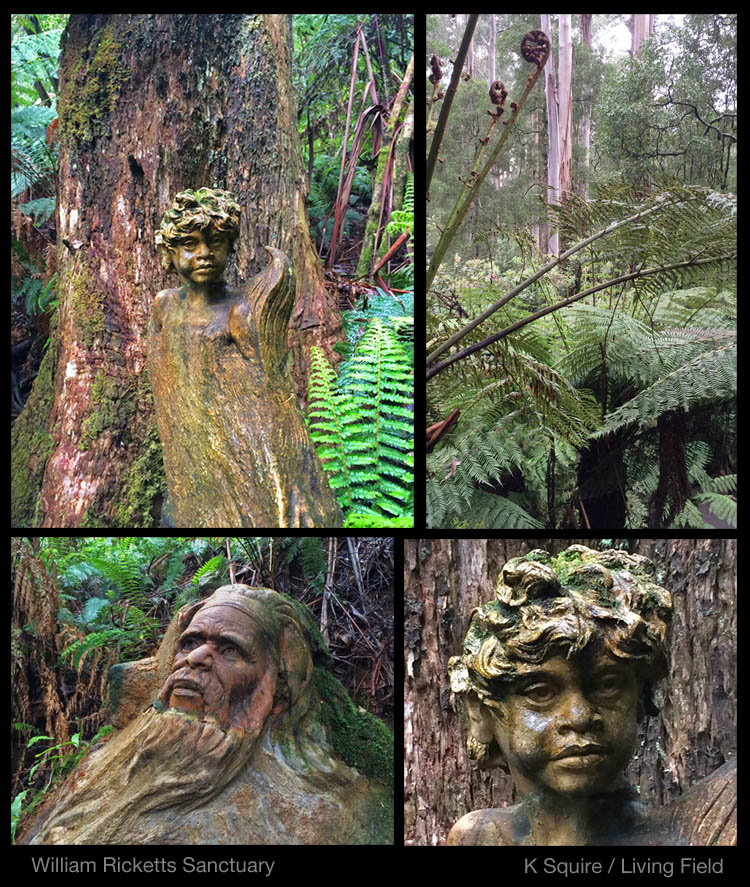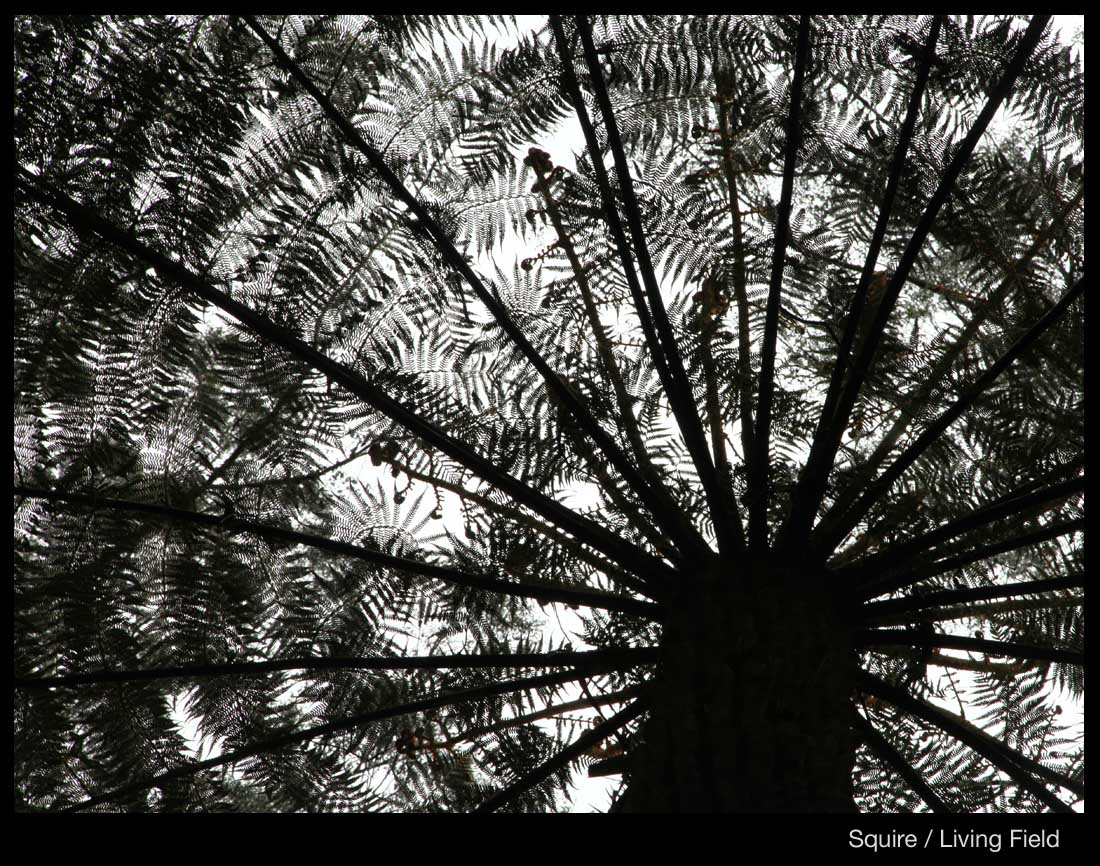“On the 14th day of April / Of 1935, there struck / The worst of dust storms / That ever filled the sky. “
Reports suggesting the infamous 1930s north american dust bowl could happen again have been circulating in recent years (links below). Recent analysis suggests that it could be worse this time due to higher temperatures! … on which more to follow.
The singer Woody Guthrie had first hand experience of the dust and its destruction of the means to produce food and earn a living.
Science argued then that the dust bowl was of man’s own making. True to form, the record label Folkways did not shy away from the environmental and political.
Dust bowl ballads by Woody Guthrie
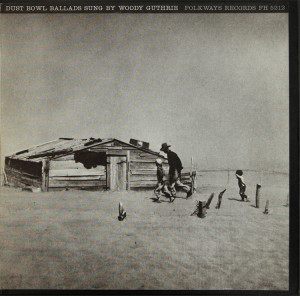 Woody Guthrie wrote a set of songs on life in the US dust bowl. His performances were published by Folkways Records as a vinyl long-playing record (LP).
Woody Guthrie wrote a set of songs on life in the US dust bowl. His performances were published by Folkways Records as a vinyl long-playing record (LP).
The record cover (right, scanned from editor’s own copy) is a photograph of a group of three people, a man and two children, walking past a shack and posts that are being buried in dust. Not credited on the LP, but by Arthur Rothstein, taken 1936, it is one of many images commissioned to record the story of the dust bowl.
Guthrie and Folkways included a paper insert of comments by the performer, the words of the songs, some further images and an extract from a book The Story of Plants by John Asch published in 1948.
Woody Guthrie’s notes were dated ‘later days of May, 1950’. He writes: “I just beat my way from NYC to L.A. and then back home again to Coney Island.”
“I rolled a ways with experts of every kind. I stood a while, I rode a while, I talked a mite with young and old weather birds, about too much or not enough water, too much wind or not enough wind, too much mud or not enough mud, too much work or not enough work, too much money or not enough money, too much of everything and not enough of nothing. ”
“I heard folks talk and cry about the dust storms all out across our 16 middlewest states. I saw that lost gone look on their faces when they told me the government didn’t follow the plan of FDR and so our land is still a dustbowl hit by dust-storms and the duststorms are getting higher and wilder and meaner, and the hearts of the people are sickly worried.
“No job, low pay, high prices, higher taxes, bum houses, slummy houses. Great diseases are running and great sores are spreading down across our map and the duststorms and the cyclone and the dirty winds and the twisters ride high and wide, low across our whole land. Government experts tell me these dusters will get a lot worse.”
“The old dustbowl is still there, and that high dirt-wind is still there. the government didn’t fix that and the Congress couldn’t put a stop to it. Nobody tried very hard.”
[FDR is Franklin D Roosevelt who not long into his presidency initiated a plan for rehabilitation of the dust bowl lands.]
Notes on soil erosion by John Asch
The insert had this extract on soil erosion from a book The Story of Plants by John Asch published 1948.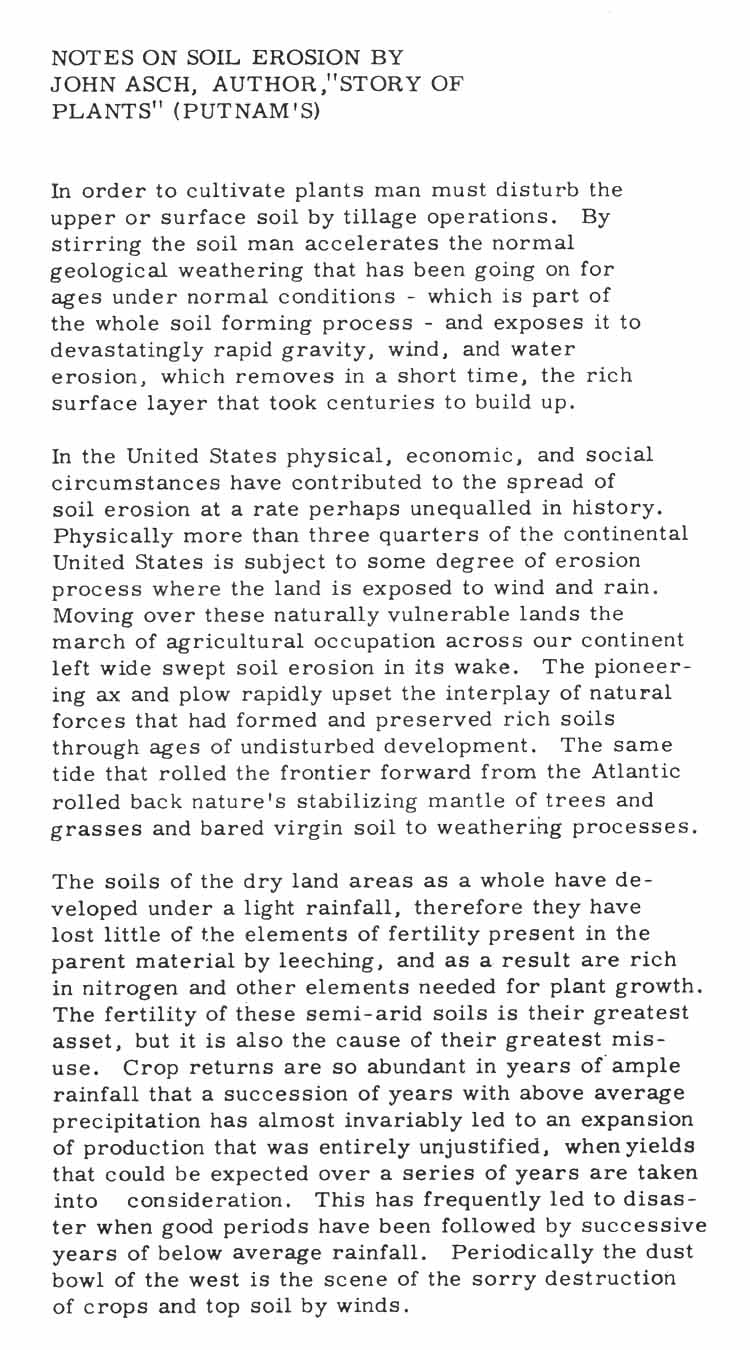
Sources, references, links
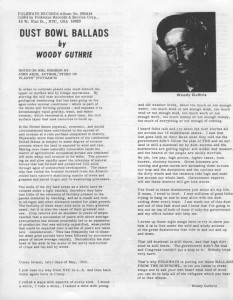 Dust Bowl Ballads by Woody Guthrie was originally published by Folkways Records, Album No FH5212, 1964. Reissued as a CD and download, and available from Smithsonian Folkways http://www.folkways.si.edu.
Dust Bowl Ballads by Woody Guthrie was originally published by Folkways Records, Album No FH5212, 1964. Reissued as a CD and download, and available from Smithsonian Folkways http://www.folkways.si.edu.
John Asch. 1948. The story of plants. Illustrated by Tabea Hofmann. Publisher: Putnam’s Sons, 407 pages or thereabouts.
Images reproduced here are scanned directly from an LP bought and owned by GS.
“My good gal sings the dust pneumonee blues / my good gal sings the dust pneumonee blues / she loves me cos she’s got the dust pneumonee too.”
Further
Nature Conservancy (US based) article When the dust settled with images and slideshow of the dustbowl, opening with some of Woody Guthrie’s best lines.
The Dust Bowl – a film by Ken Burns: highly informative web site – perhaps begin with Photo gallery and Legacy.
Steinbeck J. 1939. The grapes of wrath. (A novel about a family’s experiences and losses in the dust bowl.
Bennett HH, Chapline WR. 1928. Soil erosion a national menace. Circular No. 33, United States Department of Agriculture. [A technical article warning on erosion in the USA before the main dust bowl years. Available online as a downloadable pdf: search ‘Bennett’ + ‘soil erosion’ + ‘1928’]
Hugh Hammond Bennett and the Creation of the Soil Erosion Service at the USDA Natural Resources Conservation Service.
Examples of recent reports of a new dust bowl
Smithsonion.com: Are we headed for another dust bowl?
National Geographic: Parched: a new dust bowl forms in the heartland
Yale Climate Connections: Avoiding a second dust bowl across the UK.
Author/contact: geoff.squire@hutton.ac.uk
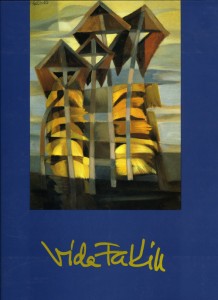 These hay racks embody a very direct and very local chain from soil to plant to beast to field. Hay is cut from meadows and grassy places, collected and hung over horizontal wooden poles to dry, then fed to farm animals when the natural pasture is out of season.
These hay racks embody a very direct and very local chain from soil to plant to beast to field. Hay is cut from meadows and grassy places, collected and hung over horizontal wooden poles to dry, then fed to farm animals when the natural pasture is out of season.